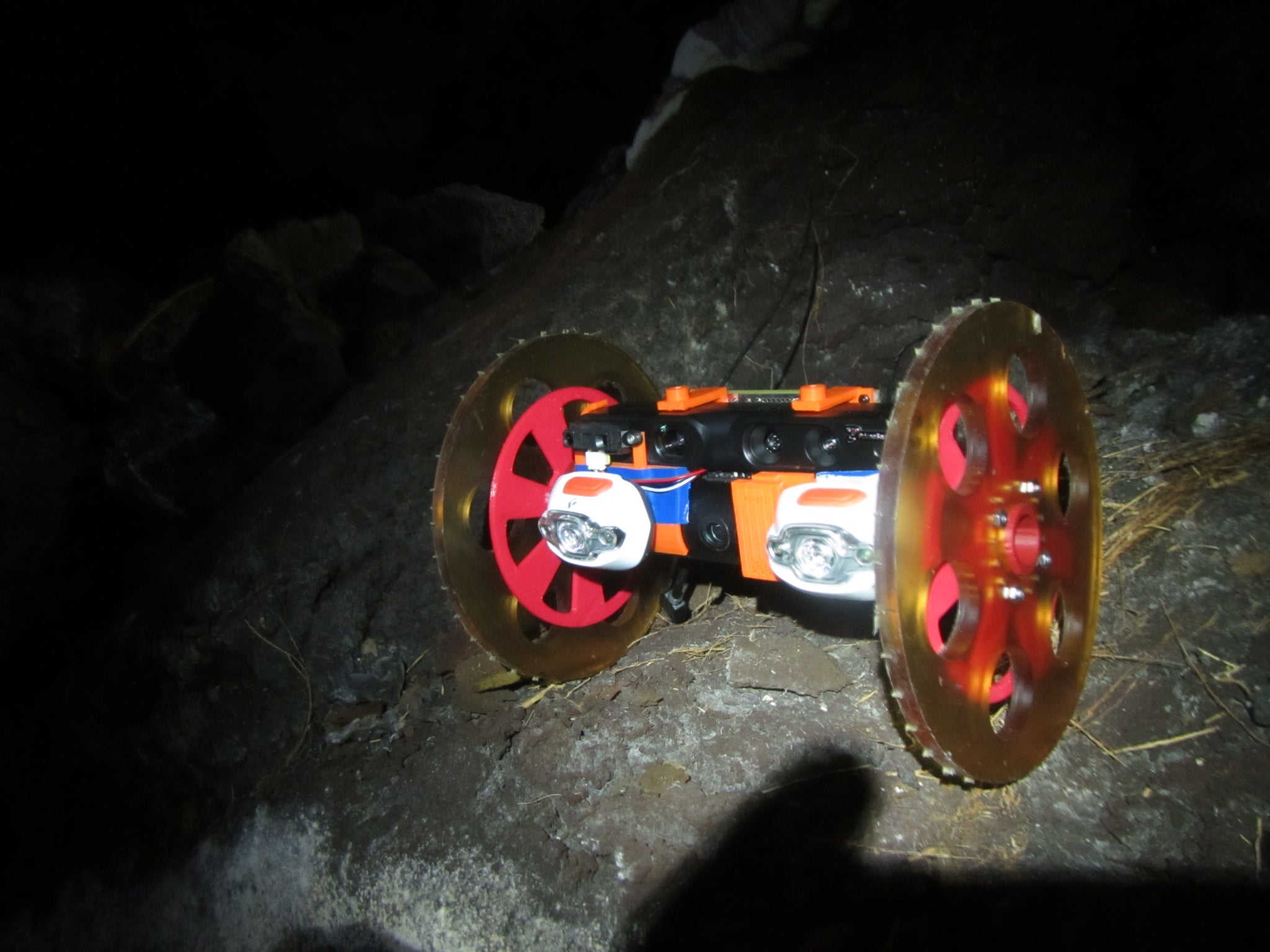Nasa throws robot into volcano to explore fissures, could help understand alien planets
The mission could have help understand other planets

Nasa is to throw a small robot into a volcano that will help explore the fissures and volcanic vents.
Nobody really knows how volcanoes erupt, and the experiment will shed light on what actually goes on inside a volcano, as well as being practice for exploring similar areas on the moon and Mars. So Nasa is sending the robot to explore a volcanic fissure — a crack that erupts magma.
Researchers Carolyn Parcheta and Aaron Parness at Nasa’s Jet Propulsion Laboratory (JPL) have developed a new robot that will be able to climb into crevices where humans aren’t able to go.
Parcheta is a post-doctoral fellow at the JPL. She has worked with the robotics team at the lab to make the robot, known as VolcanoBot 2. (The first VolcanoBot went into an inactive fissure in Hawaii.)
The new one is lighter and smaller, and more able to get into difficult crevices. It can also store its data onboard, which could help it get deeper into the fissure.
VolcanoBot 2 will head into the same Hawaiian volcano as the first one, but look deeper and more in detail. It will head there in March.
The data from VolcanoBot 1 is helping researchers put together 3D map of the fissure it was thrown into. That was used to find some surprising features of the fissure, including the fact that it didn’t seem to pinch shut at the bottom as expected.
On both Earth and Mars, fissures are the most common way that magma erupts out of volcanoes, and it is likely the same for the previously active volcanoes on the moon.
Parness said said: "In the last few years, NASA spacecraft have sent back incredible pictures of caves, fissures and what look like volcanic vents on Mars and the moon. We don't have the technology yet to explore them, but they are so tantalizing!
“Working with Carolyn, we're trying to bridge that gap using volcanoes here on Earth for practice. We're learning about how volcanoes erupt here on Earth, too, and that has a lot of benefits in its own right," Parness said.
Subscribe to Independent Premium to bookmark this article
Want to bookmark your favourite articles and stories to read or reference later? Start your Independent Premium subscription today.

Join our commenting forum
Join thought-provoking conversations, follow other Independent readers and see their replies